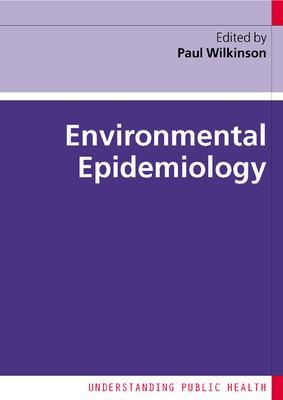MORE ABOUT THIS BOOK
Main description:
The impact of the environment on human health is of growing concern to the public, politicians and public health practitioners. Epidemiology offers a way of investigating and measuring potential hazards, from local sources of pollution to global climate changes. It allows real effects to be distinguished from chance associations. This book describes the methods available for public health practitioners to enable investigations to be carried out and how findings should be interpreted to ensure that the most appropriate policies are adopted.The book examines:
Air pollution
Clusters of cases of ill-health
Radiation and hazardous waste
Water and health
Climate change
Contributors: Mike Ahern, Ben Armstrong, Araceli Busby, Pat Doyle, Shakoor Hajat, Sari Kovats, Paul Wilkinson.Series Editors: Rosalind Plowman and Nicki Thorogood.
Contents:
Overview Section 1: Clusters
Investigation of a putative disease cluster
Geographical analysis of an industrial hazard
Analysis and interpretation of a single site cluster
Section 2: Air pollution
Air pollution - time series studies
Air pollution - geographical studies
Section 3: Radiation and hazardous waste
Ionizing radiation
Non-ionizing radiation
Hazardous waste and congenital anomalies
Section 4: Water and health
Water and health - A world water crisis?
Water and health - waste water use in agriculture
Section 5: Climate change
Climate change 1 - principles
Climate change 2 - extreme weather events
Climate change 3 - vector-borne disease
Section 6: Epidemiological evidence
Reviewing epidemiological evidence
Emerging trends
Reference articles
Clustering around a point source
Health guidelines for use of wastewater in agriculture and aquaculture
Epidemiological formulae
Glossary
Index
PRODUCT DETAILS
Publisher: McGraw-Hill (Open University Press)
Publication date: March, 2006
Pages: 224
Weight: 403g
Availability: Available
Subcategories: Public Health

